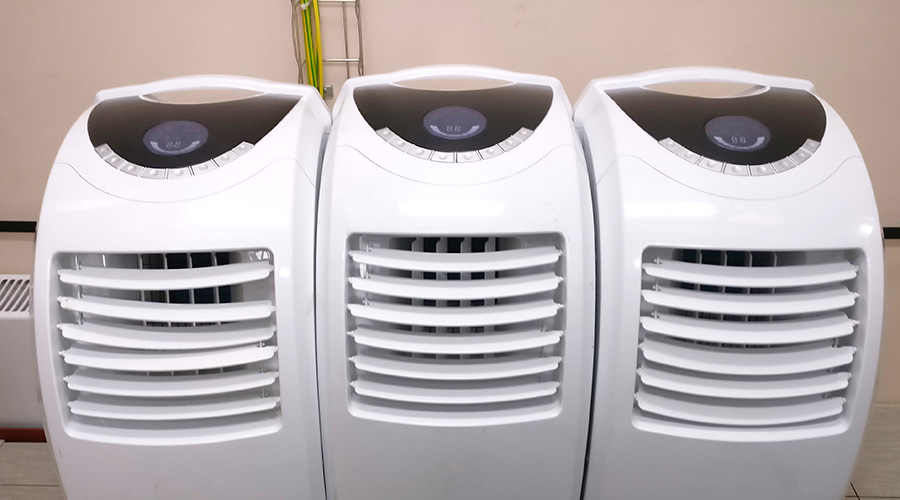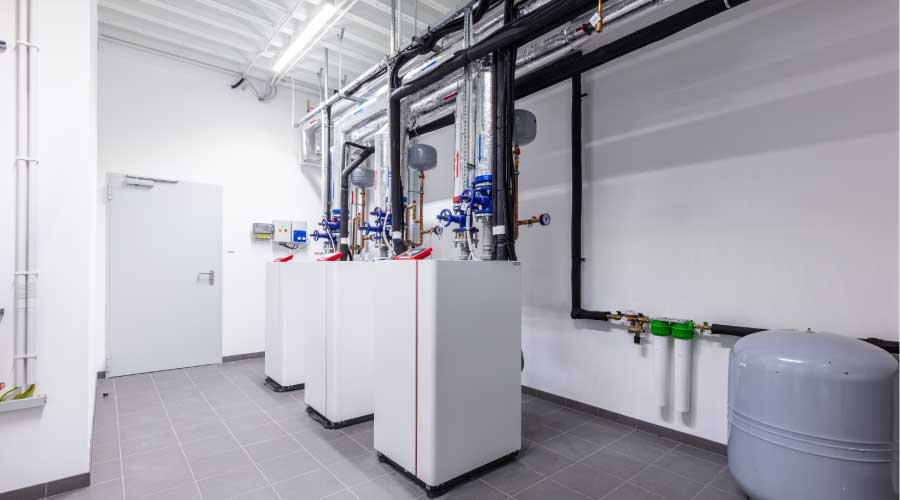Wireless Sensors Better Control Classroom Temperature
Older buildings use and waste a great deal of energy. The U.S. Department of Energy (DOE) estimates buildings constructed before 1980 typically do not use energy efficiently and do not feature BAS that can remedy pervasive losses of energy. Older buildings also tend to have inadequate insulation.
Radio waves are a viable option for making older buildings more energy efficient. Self-powered wireless sensors and switches play a vital role in the world’s economic and environmental recovery, as one particular installation illustrates.
St. Joseph’s elementary school in Lacolle, Quebec, opted to install EnOcean-based room temperature sensors to reverse the building energy inefficiencies. Before its renovation, St. Joseph’s elementary school did not have localized temperature regulation.
As a result, it was often too cold in one-half of the school and too warm in the other, depending on the sun’s intensity. This situation also resulted in very high energy use.
The school enlisted a controls manufacturer to supply and install products based on energy-harvesting and wireless technologies. The company installed sensors in 28 rooms using ambient light as the power source, requiring neither batteries nor an external power supply. All room sensors are linked to a central BACnet system, which controls the temperature in individual classrooms.
Among the reasons the school decided to install the new technology:
Convincing benefits. Several arguments swayed in favor of this solution. In addition to speedy integration and simple planning, the installation price was favorable when compared to cabled solutions. The room sensors enabled the school to enhance comfort and substantially reduce energy needs. The new system also allows technicians to meter and monitor energy consumption via the Internet.
Efficient implementation. Installers could complete the installation without interrupting school — a goal school officials deemed impossible using a cabled solution, due to the need to break open classroom walls to access ductwork and cables. Installers also needed to set up the system and have it working before the start of the winter term.
Implementation of the system took just one week, including installation of central control engineering to monitor and govern energy use. The biggest challenge was dealing with thick walls made of concrete and steel, which complicated the proper positioning of room sensors.
Return on investment. Choosing EnOcean’s self-powered wireless technology saved the elementary school 20 percent in installation costs alone. The school also expects significant future energy savings.
“I admit we were a little skeptical about this new technology,” says Christine Halpin, the school’s principal. “But now we’re very glad we chose it. We have more comfort, plus we’ve cut our energy costs by a good 30 percent.”
Related Topics:













